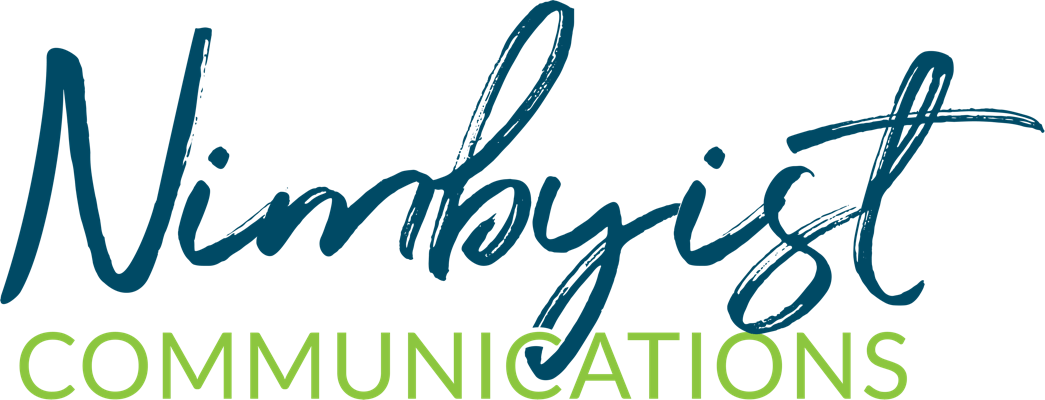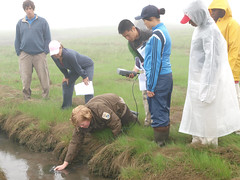Your nonprofit organization wants to hire an amazing intern and you’ve done all the legwork to setup a great internship.
Now you need a few good people to apply – and a plan keep your stress levels in check while you search.
Canadian nonprofit Small Change Fund found a great intern in Sarah Hawkins – a traveling storyteller during a recent fundraising campaign. I asked Clare McDowall (@ClareMcDowall), their marketing & communications director, what she would recommend for other groups with a spot to fill.
“My background is in recruitment, but I admit it was an adjustment to adapt those skills for my nonprofit work,” Clare admits.
Lessons learned
Aim high. “You need to start with high expectations, then work your way backwards,” Clare explained. “It doesn’t work well if you look for the person who has time or enthusiasm over experience; if you need a particular skill set, you can find amazing people if you just ask.”
Betty Sinclair (@sosbetty) shared a similar sentiment when I turned to Twitter for advice. She cautioned that research shows organizations hold onto people who are seen to fit in – a “team player” – over the skills they offer.
Know what you want – and what they want. Mazarine Treyz (@WildWomanFund) advises that you “get a clear job description and questionnaire for interns.”
What does that look like? From a couple of samples Mazarine shared with me, a clear job description goes beyond the normal skills and qualifications. Why not include your organization’s overall goal for the internship? A questionnaire for your interns might cover a number of subjects – not just skills, but interests and ways they want to get involved.
Be realistic. When Small Change Fund hired Sarah, they wanted someone with video, photography and writing skills – but they had those skills prioritized. “We knew that, if needed, we could do the writing but we had to find someone who could capture the stories through video and photographs,” explained Clare. “We’re lucky that, in Sarah, we found all three!”
Have a short time frame. For the internship that connected Small Change Fund with Sarah, Clare’s entire process spanned just a month. This short timeline kept the process focused, top-of-mind, and generated no shortage of high quality candidates.
Hiring with a short time frame
- Advertising: “We advertised the posting for two weeks on WorkCabin, a recruitment site that was a good match for the work we were doing.”
- Short-listing and interviews: “We took one week to shortlist, and one week to do interviews; by the end of that second week, we’d made our decision.”
“I really prefer to just get it done,” Clare said when I observed that the hiring process often takes a lot longer.
More tips for the hiring process
- Ask a professional (eg a college instructor) to review your job posting to ensure it accurately describes what you’re looking for interns of skills, industry-appropriate language, etc.
- Reach out to colleges offering related programs and tap into their networks to get the word out.
- Pick dates for interviews and list them in the ad. This avoids the time-consuming back-and-fourth trying to arrange an interview; people know when they apply when they might be called in and can judge accordingly.
- Book your own time in your calendar. Decide when you’ll do shortlisting, interviews, and make decisions, then block that time off in your calendar and stick to it.
What other advice do you have for creating internships that work?
- Read Part I – How to hire an awesome intern
- Read Part II – Nonprofit interns: When management styles collide
Disclaimer: I’ve done volunteer work with Small Change Fund and am quite excited about the work they’re doing! Find them online at smallchangefund.org or on Twitter @SmallChangeFund.



